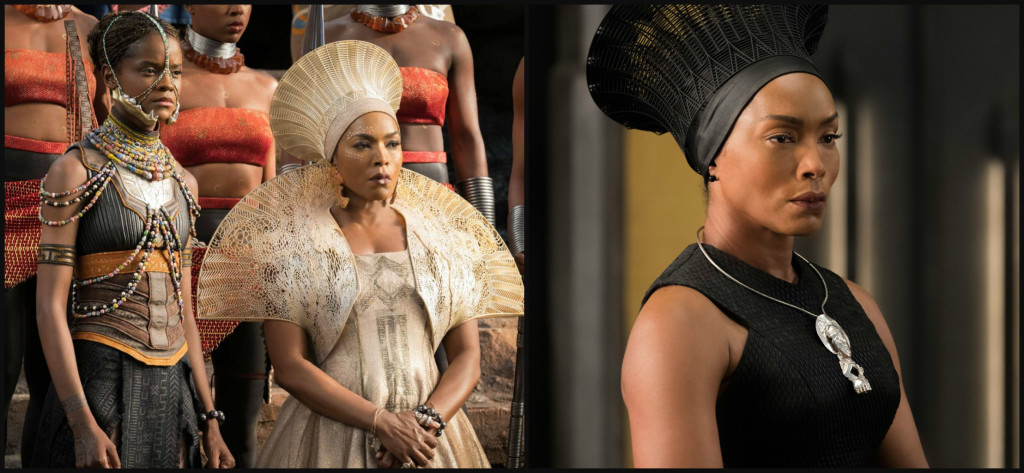
When Ruth E. Carter took home the 2019 Academy Award for Best Costume Design for her work on the Afrofuturist Marvel superhero blockbuster film Black Panther, she also raised the profile of some of the 3D printed designs and clothing the cast wore in the movie.
Among the elaborate costumes worn in the fictional, technologically advanced African nation of Wakanda, were a crown and huge shoulder mantle donned by Queen Ramonda, played by actress Angela Bassett.
In an interview with Afropunk back in 2017, Carter describes how her team used 3D printing technology to bring to life an added layer of texture, patterns and extra detail to the African lace and fabrics used in the film.
“Part of our process was, you know, we used different techniques to create textures and prints and patterns and one of the ways superheroes are created, we 3D print on fabric which allows you to have a surface that could look beaded but it’s actually molded or screens on fabric,” Carter told the magazine. “It has a hype to it so that you can make it look like anything.”
Carter added: “Based on these 2D patterns, I then developed the complex 3D structures in the computer with architecture computer software.”
Los Angeles-based Austrian architect Julia Körner, who has previously worked on 3D-printed haute couture for Iris Van Herpen and Chanel, helped create the designs, Dezeen reports.
The beige adornments featured detailed filigree patterns and was made possible by a technique known as selective laser sintering (SLS).
The process requires lasers used to heat a bed of powder, then fuse in microscopic particles layer by layer, before removing the surrounding excess material to uncover the finished product. Belgian company Materialise fabricated the designs.
To create Queen Ramonda’s collar, the designers fitted it around the neck and over the shoulders, and fanned out the material into an arc behind her head. The matching headpiece, which was also created in black, flares out from the base towards an open circular rim.
“We looked at traditional African Zulu tribes and the hats married woman wear,” said Körner. “We also looked into literature that showcased African design illustrations from traditional sources.
To highlight the detailing and focus on the advanced technology it took to create the collar, Carter decided against painting it.
The film also took home the Oscar for Best Production Design and Best Original Music Score, and got nods for Best Sound Mixing, Best Sound Editing, and the coveted Best Picture awards.broke box-office records and was widely considered groundbreaking for its almost entirely black cast, and the number of people of color on the production team.
Watch Carter break down T’Challa‘s entrance and the Warrior Falls scene from the movie in an episode of Vanity Fair‘s popular web series, “Notes on a Scene.”
